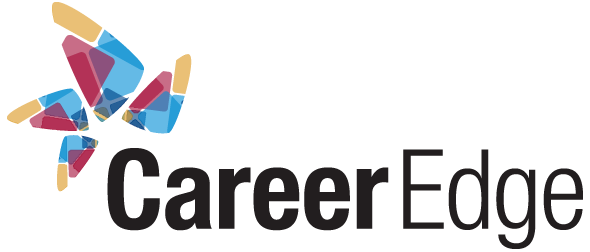By Guest Contributer, Janice Rudkowski, Director, Marketing & Communications at Career Edge Organization
Workplaces are full of assumptions. We make assumptions everyday – sometimes out of pure necessity but mostly for efficiency. Let’s face it – assumptions help us work faster, they make us feel smarter and they help us make quick, time-sensitive decisions.
Just for fun, next time you’re in a meeting count how many times you hear the phrase, “let’s just assume….”. Making assumptions occurs very naturally for some people; they have to make assumptions all the time, all day long. For others, making assumptions is a more methodical and conscious process. Whatever the method or the reason, assumptions are a systemic part of any organization. It’s not a good or a bad thing; it’s just part of organizational culture.
Take for example the famous assumption, “…big is always better.” We just need a bigger team. We’re just waiting for that big idea. We just need a bigger budget. So, is big always better? I was wondering about this assumption when someone said to me the other day, “I just assumed you’re a big organization…”. Really, why? And then someone said it again a couple of days later so I really started to ponder. When I asked them to clarify what they meant when they said “big” they said “50-100 people big.” Wow, that’s fairly big.
Well, we’re not big; at least in terms of number of employees. Career Edge Organization is actually only 19 people big. But, we have a really unique, diverse and passionate team who absolutely love what they do. That is often the case with not-for-profits; it’s especially so in our case since most of us had other careers in the private or public sectors before making the deliberate move over to Career Edge Organization.
Assuming that we’re bigger than what we are may speak to the overall impression that we leave, the quality that we deliver and the thought that we put into our work. Maybe it means that we’ve been able to accomplish a lot considering our size. Maybe we’ve been able to make a big impact with the people that we work with, and maybe we’ve been able to achieve exactly what we set out to do everyday, which is to connect employers with great talent to help launch their careers. I think that would be pretty safe to assume.


